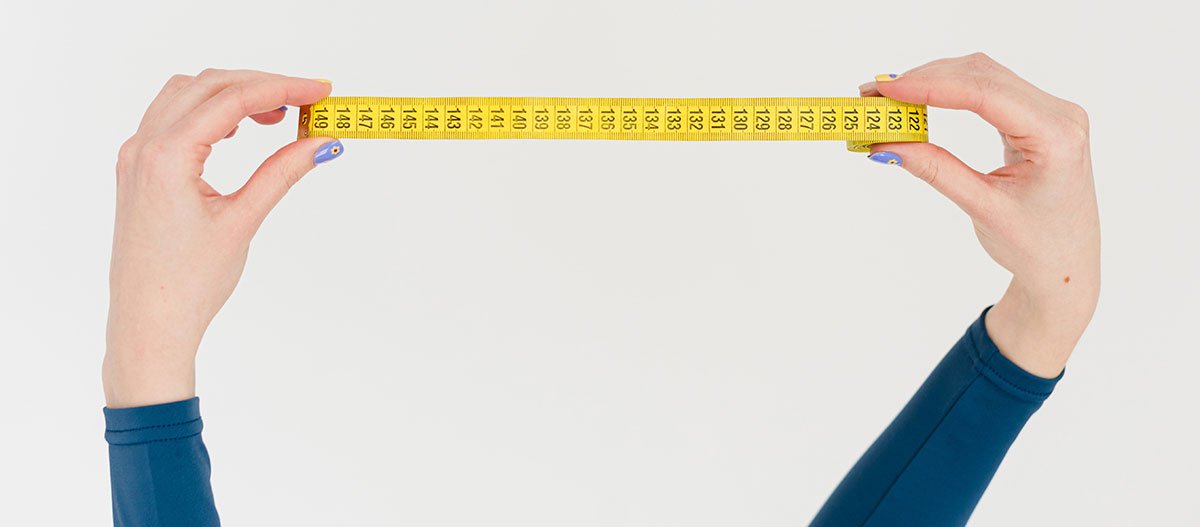From small breaths to longer fermatas, rests give a conductor the opportunity to use a variety of baton strokes.


From small breaths to longer fermatas, rests give a conductor the opportunity to use a variety of baton strokes.

The most important single motion for a conductor, the upbeat, holds in itself the indications of tempo, dynamics, and articulation of the first sound the orchestra is going to play

Mixed meters are an integral part of the conducting technique: what do conductors need to account for in order to make them clear for the players?
Different conductors, different strokes One question that often comes up from audience members is: why do conductors'...
his is one of the most frequently asked questions. How do conductors practice orchestra conducting...
he immediate conductor's space is, quite obviously, the podium. The working area is determined by...
conductor's cue is nothing but a signal, a preparation for a musical event. It's how we, as...
A tempo is a pace at which a piece is performed. It's one of the big challenges of conducting, both from a musical and...
Summary This guide covers essential tips for conductors, focusing on preparation, communication, rehearsal management,...
A FREE video series with an analysis of structure, phrasing, and, of course, conducting tips of repertoire works: from Mozart to Brahms, from Beethoven to Debussy. A new episode every week!